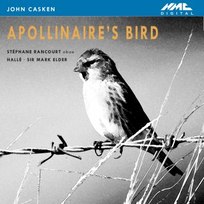 Available from NMC -click for details
Available from NMC -click for details John Casken's Apollinaire's Bird is an oboe concerto and a meditation on the brutality of war. It is inspired by Guillaume Apollinaire's poem Un Oiseau Chante, written during the first world war, that describes the birdsong heard above the din of combat and the memories that the song evokes in the minds of the soldiers mired in the trenches below.
Papaver, by Dai Fujikura, sets words by regular collaborator Harry Ross. Taking the universal image of poppies as icons of remembrance, and based on Ross’s realisation that normal life, including the continued presence of poppies, goes on around the war cemeteries of France.
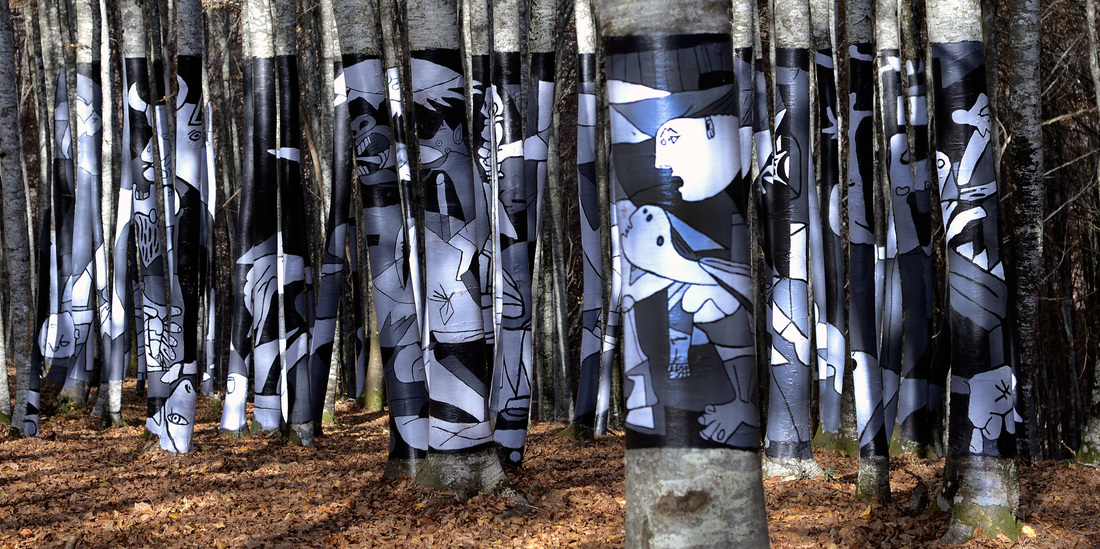
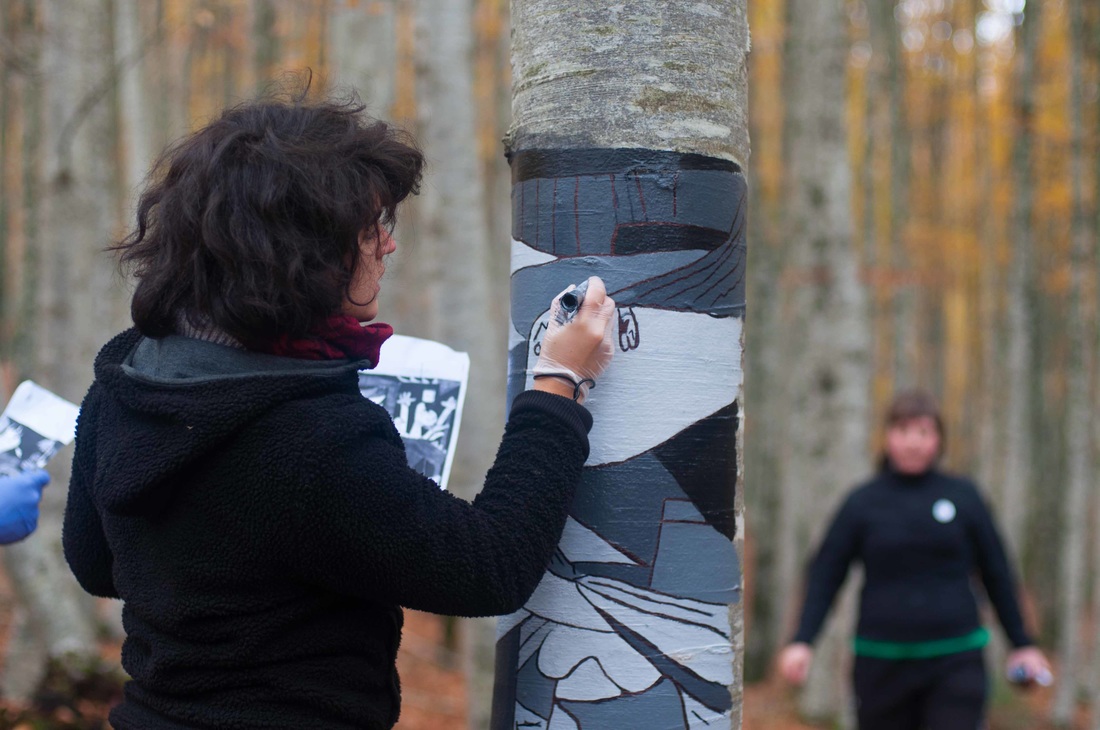
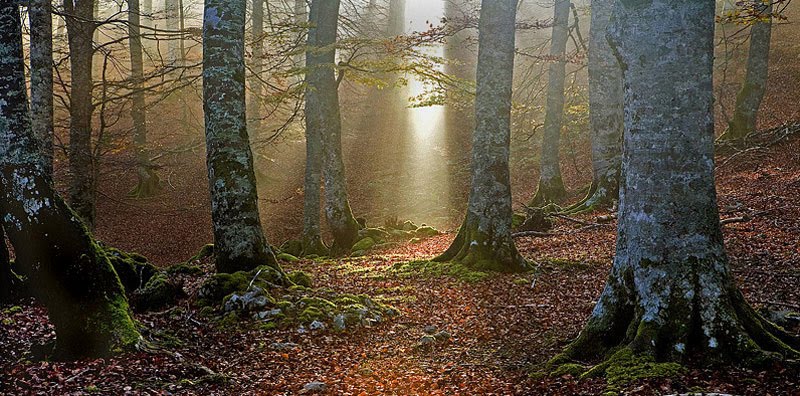
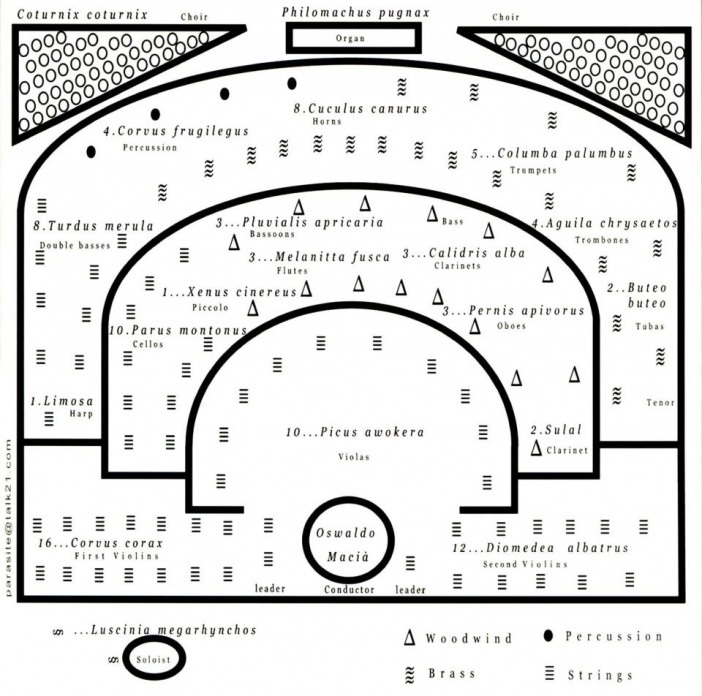
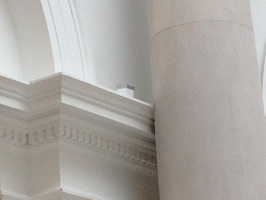
 RSS Feed
RSS Feed
